Introduction
Sheep’s tripe, or simply tripe, is a culinary delicacy enjoyed across various cultures, particularly in regions where livestock farming is prevalent. It’s a versatile ingredient that can be prepared in numerous ways, from hearty stews to light salads. However, one of the most fundamental aspects of cooking sheep’s tripe is understanding how long to boil it to achieve the perfect texture and flavor. This guide aims to provide a comprehensive understanding of the boiling process, including tips, tricks, and cultural insights into this unique ingredient.
Understanding Sheep’s Tripe
Before diving into the boiling process, it’s essential to understand what sheep’s tripe actually is. Tripe refers to the stomach lining of various animals, including sheep. It’s a tough, rubbery membrane that requires careful preparation and cooking to make it palatable. Sheep’s tripe is particularly popular due to its rich texture and mild flavor when cooked properly.
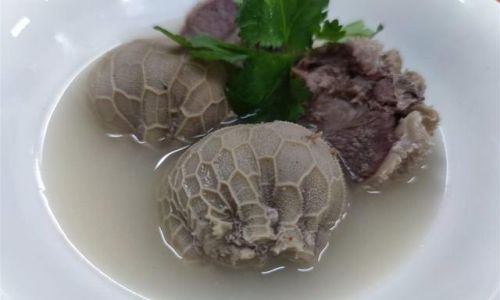
There are different types of tripe depending on which part of the stomach it comes from. The most common types include honeycomb tripe (from the reticulum), blanket tripe (from the rumen), and book tripe (from the omasum). Each type has a unique texture and requires slightly different cooking methods. For this guide, we’ll focus primarily on general boiling instructions that apply to most types of sheep’s tripe.
Why Boil Sheep’s Tripe?
Boiling is one of the most straightforward and effective methods of preparing sheep’s tripe. It tenderizes the tough membrane, making it easier to digest and more enjoyable to eat. Boiling also helps to cleanse the tripe of any impurities and strong odors that can be present in freshly obtained stomach linings.
Moreover, boiling sheep’s tripe allows for the absorption of flavors from the cooking liquid, such as broths, spices, and herbs. This makes it a versatile ingredient that can be adapted to suit various cuisines and taste preferences.
Preparing Sheep’s Tripe for Boiling
Before you start boiling your sheep’s tripe, there are a few essential preparation steps to follow:
-
Cleaning: Thoroughly clean the tripe under cold running water. Remove any visible fat, sinew, or foreign matter. This step is crucial as it helps to remove any unwanted flavors and textures.
-
Soaking: Soak the cleaned tripe in cold water for at least 2-4 hours, changing the water every 30-60 minutes. This helps to draw out any remaining impurities and blood. For extra thorough cleaning, you can add a tablespoon of vinegar or lemon juice to the soaking water.
-
Rinsing: After soaking, rinse the tripe thoroughly under cold running water again. Pat it dry with paper towels or a clean cloth.
-
Cutting: Depending on your recipe, you may need to cut the tripe into smaller pieces. For boiling, larger pieces are often preferred as they hold their shape better during cooking.
Boiling Sheep’s Tripe: Step-by-Step Guide
Now that your sheep’s tripe is properly prepared, it’s time to start boiling. Here’s a step-by-step guide to ensure perfect results:
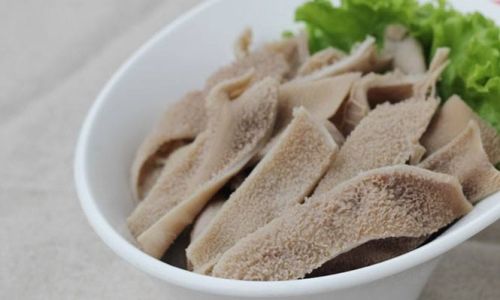
-
Selecting the Pot: Choose a large, heavy-bottomed pot that can accommodate the tripe and enough water to fully submerge it. A large pot ensures even cooking and prevents the water from boiling over.
-
Adding Water: Fill the pot with cold water. The water should cover the tripe by at least 2 inches. Using cold water helps to gradually bring the tripe to a gentle boil, which is more gentle on the texture.
-
Seasoning the Water: To add flavor to the tripe, you can season the boiling water with salt, peppercorns, bay leaves, garlic, onions, or other aromatic vegetables. Avoid using acidic ingredients like vinegar or tomatoes during the boiling process, as they can toughen the tripe.
-
Bringing to a Boil: Place the pot on the stove over medium-high heat. Bring the water to a gentle boil, skimming off any foam or impurities that rise to the surface. This helps to keep the cooking liquid clear and flavorful.
-
Simmering: Once the water reaches a boil, reduce the heat to low and let the tripe simmer. The exact cooking time depends on the type and thickness of the tripe, but it generally ranges from 1 to 2 hours. For honeycomb tripe, which is thinner and more tender, 1 hour of simmering is usually sufficient. Thicker pieces, like blanket tripe, may require up to 2 hours or even longer.
-
Testing for Doneness: To check if the tripe is cooked to your liking, use a fork or tongs to gently pierce a piece. It should be tender but not overly soft or mushy. If the tripe still feels tough, continue simmering and test again after 15-30 minutes.
-
Cooling and Storing: Once the tripe is cooked, remove it from the pot using a slotted spoon and let it cool slightly. You can store the cooked tripe in the refrigerator for up to a week in an airtight container, or freeze it for longer storage.
Tips for Perfectly Boiled Sheep’s Tripe
-
Patience is Key: Boiling sheep’s tripe requires patience. Rushing the process can result in tough, chewy pieces that are unpleasant to eat. Always allow enough time for the tripe to simmer gently.
-
Use a Meat Tenderizer: If you’re in a rush or want to ensure extra tenderness, you can use a meat tenderizer or marinade to soften the tripe before boiling. Marinating in a mixture of vinegar, lemon juice, and spices for a few hours can help break down the fibers.
-
Avoid Overcooking: Overcooking can turn your tender tripe into a mushy mess. Always keep a close eye on the cooking time and test for doneness frequently.
-
Flavor Infusion: For maximum flavor, consider adding aromatic vegetables, herbs, and spices to the boiling water. These will infuse the tripe with delicious flavors, making it more enjoyable to eat.
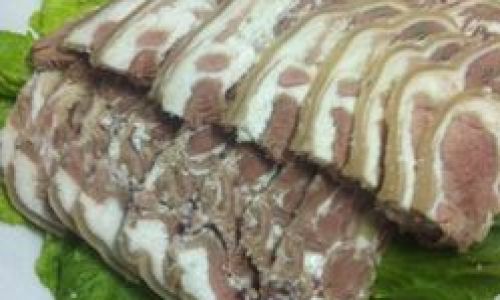
-
Post-Cooking Uses: Boiled sheep’s tripe can be used in various dishes, from soups and stews to salads and stir-fries. Experiment with different recipes to find your favorite way to enjoy this versatile ingredient.
Cultural Perspectives on Boiling Sheep’s Tripe
Boiling sheep’s tripe is a culinary tradition that spans continents and cultures. In many parts of the world, tripe is a cherished ingredient with a rich history and significance.
In Latin America, particularly in countries like Mexico and Colombia, boiled sheep’s tripe is a staple in traditional dishes like menudo and tripe soup. These hearty stews are often seasoned with chili peppers, tomatoes, and aromatic spices, making them warm and comforting.
In the Middle East, boiled tripe is a common sight in street food stalls and family kitchens. It’s often served with lemon juice, garlic sauce, and fresh herbs, providing a refreshing and tangy contrast to the rich texture of the tripe.
In Europe, particularly in countries like France and Italy, boiled sheep’s tripe is a component in various regional dishes. In France, it’s often served in a rich, creamy sauce, while in Italy, it’s featured in hearty stews and soups.
Conclusion
Boiling sheep’s tripe may seem like a simple task, but achieving perfect results requires attention to detail and a bit of culinary know-how. By following the steps outlined in this guide, you’ll be able to cook tender, flavorful tripe that’s sure to impress even the most discerning palate. Remember, patience is key, and don’t be afraid to experiment with different seasoning and cooking methods to find your perfect recipe. With its rich texture and mild flavor, sheep’s tripe is a versatile ingredient that’s worth mastering. So, the next time you’re in the kitchen, give boiled sheep’s tripe a try and discover the culinary wonders it has to offer.
This comprehensive guide covers the essentials of boiling sheep’s tripe, from preparation to cooking times, tips for perfection, and cultural insights. By following these guidelines, you’ll be able to cook delicious, tender tripe that’s sure to become a staple in your kitchen. Enjoy your culinary adventures with sheep’s tripe!

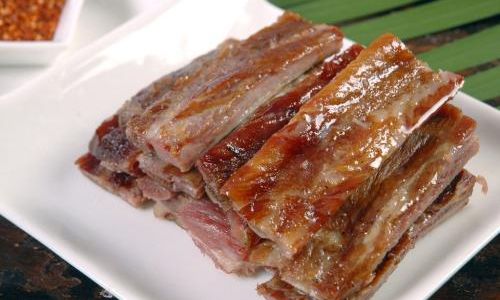

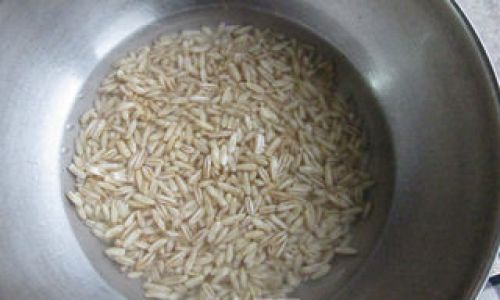

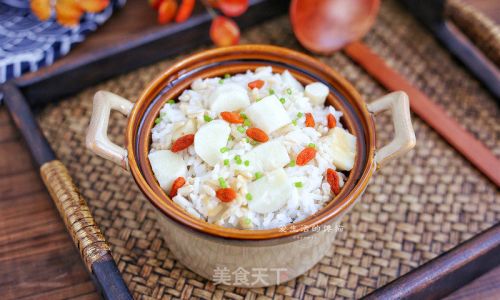
0 comments